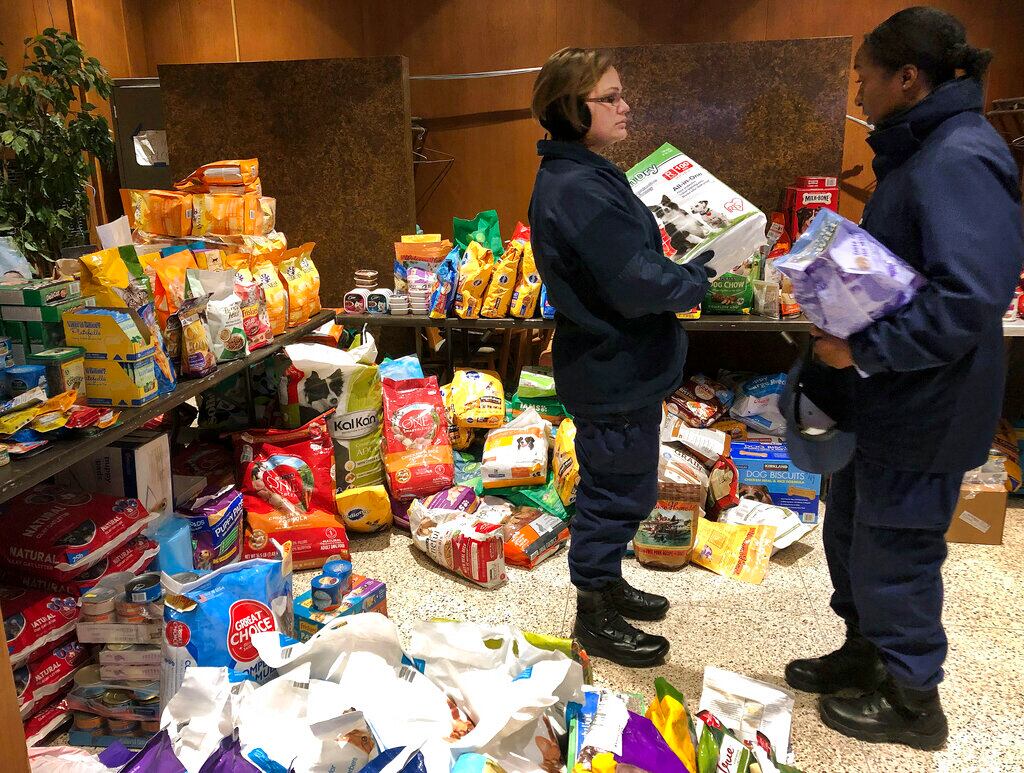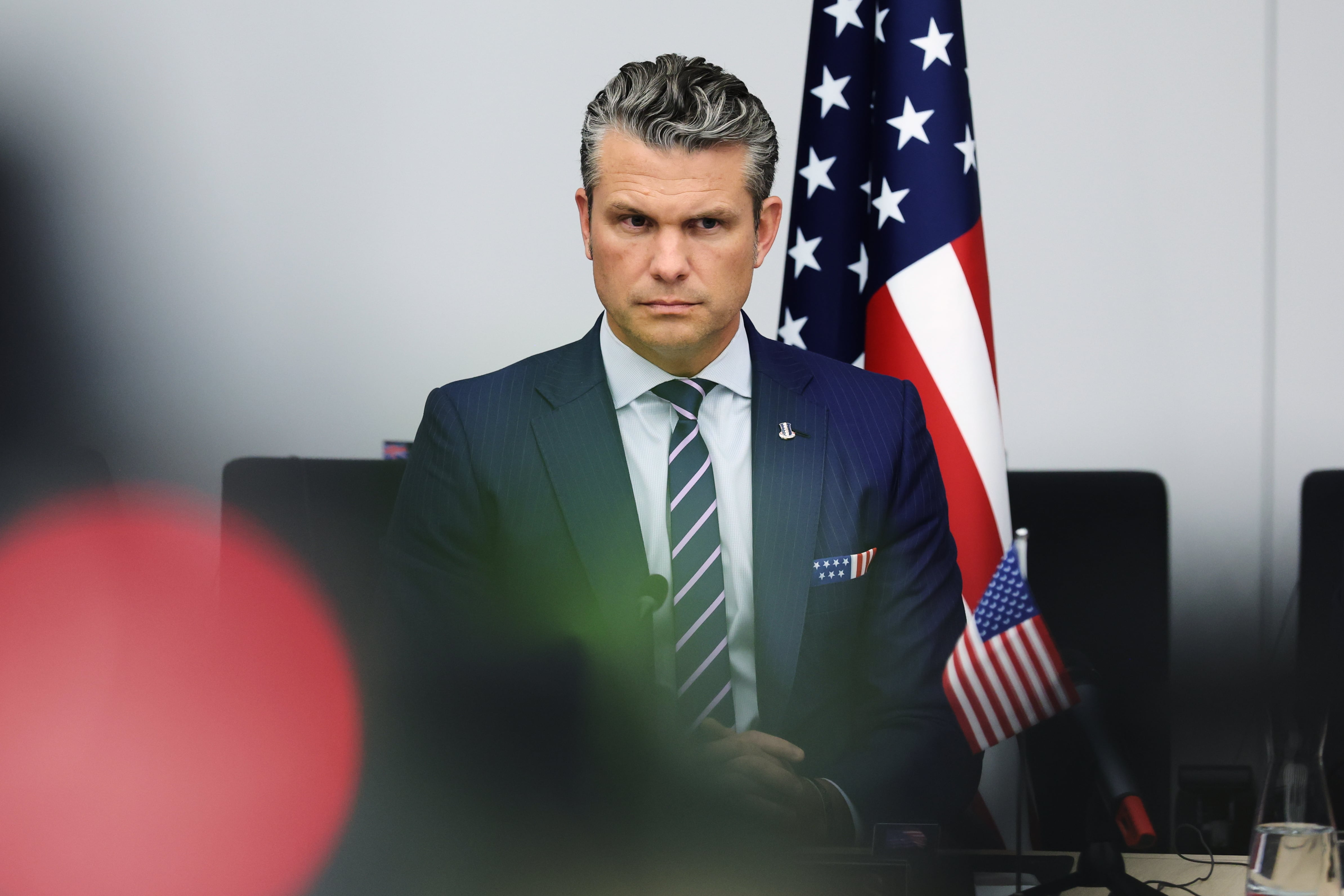PETERSBURG, Va. — Service members in Fort Lee's advanced culinary training division, part of the Joint Culinary Center of Excellence, may one day cook filet mignon for the Secretary of Defense at the Pentagon, or even feed the president on Air Force One.
Those with a ranking of E5 or above partake in a rigorous five-week course that teaches them the art of classical, French-based cookery to prepare them for high visibility assignments at the White House or thePentagon.
"Our classes train personnel who work in the executive dining facilities at the Pentagon, they train personnel who work in the quarters of not only generals, but the quarters of admirals and flag officers," said Charles H. Talley Jr., certified executive chef and chief of the advanced food service training division at Fort Lee.
"The students who come through our course, in some cases, work at the locations like the Camp Davids, the White House, they work at the vice president's quarters."
Talley said only a small percentage of the advanced culinary training students go on to work in dining halls. Before students can enter the advanced class, they must first go through a basic, seven to eight week culinary course to teach them how to follow recipes, how to measure out ingredients, nutrition basics and other techniques every new culinarian should know.
"As of right now we are teaching the technical cooking methods and starting tomorrow we'll be doing small quantity baking," said Horama Domogma, basic culinary training instructor.
In the basic training course, service members practice cooking simple meals such as potato salad, pancakes, omelets, baked fish, fried chicken and macaroni and cheese. The students are evaluated at the end of the course in a cook-off event where they have an hour to cook spaghetti and meatballs, green beans and tossed salad.
The advanced culinary training division, however, is a completely different atmosphere. The students in the advanced culinary training course step up to the plate to cook gourmet dishes like beef tournedos with forestiere sauce or grilled salmon with beurre sauce. By the end of the course the students are able to cook eight- or nine-course meals.
"They start off with everything from learning how to do classical cuts, they transition into production of stocks, they learn how to do fabrications of proteins and that's from fish all the way to beef, they learn how to do hors d'oeuvres . (and) they learn how to do desserts," Talley said. "Then they have a culminating event, just phenomenal, where they prepare typically, it's an eight-course meal, but . they're required to do a five- to nine-course meal."





